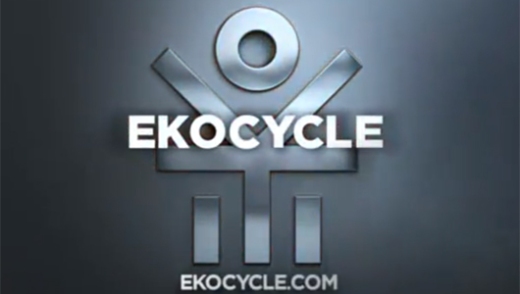Singapore has ambitious goals for achieving water sustainability as a nation, despite having few resources to clean drinking water. Currently, the nation is on pace with its agenda to achieve full water sustainability by the year 2061. This date is significant for Singapore as it will mark the end of the century long relationship with Malaysia whom they currently are in contract with to bring in the water.The group responsible for the nation’s sustainability goals is The National Water Agency (NWA). Via desalination and recycling plants, their efforts have enabled the country to produce 40% of the water used by the nation’s 5.2 million residents. In order to achieve these expectations, the NWA has invested between $600 and $800 million every year since 2006 to improve infrastructure and technologies that are required with a growing supply of water.
According to the Human Development Index (HDI) which measures, in general terms, how advanced a nation is, Singapore is actually more developed than any of its South Pacific neighbors, including Malaysia whom it currently gets its water from. That being said, the nations ambitions to achieve full water sustainability within the next 50 years bespeaks to new heightened sense of national pride to produce everything in-house. The country’s goals have primed the nation to be entrenched in a position of sustainable dominance and will ultimately allow them to operate more efficiently. Whether their goals are motivated by business efficiency, through national pride, or through a genuine sense that sustainability is truly the right thing to do is a matter of debate for another time. The noteworthy item to take away from all of this is that nations all over the world are beginning to emphasize green initiatives on their agendas. Collectively, this will allow residents of that nation, and people all over the world to both live green, and be green as a global community.
source: http://www.equities.com/news/news-headline-story?dt=2012-08-10&val=367493&d=1&cat=headline


